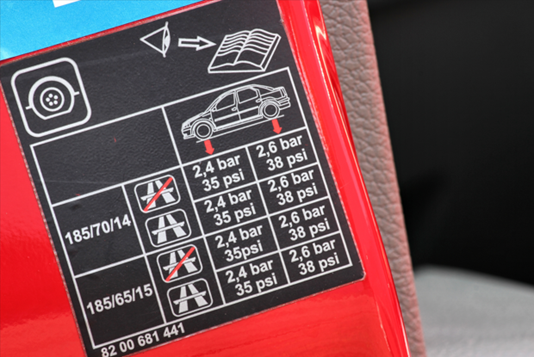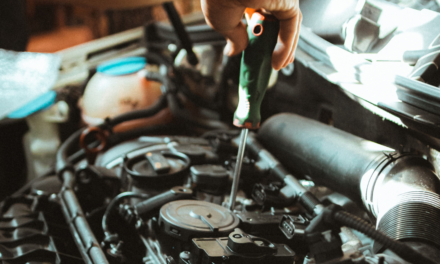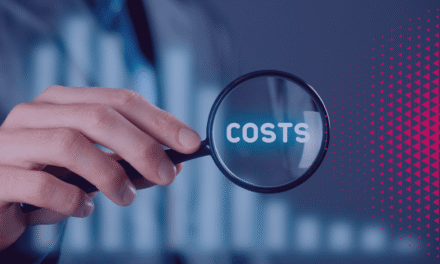Keep CORRECT TIRE Pressure It is essential for safety, fuel savings and durability of your car tires. However, many conductors do not verify this information with sufficient frequency, What can lead to certain risks. In this article we will explain how to check and adjust your car's tire pressure simply and effectively, ensuring great performance and safer driving.
How to check tire pressure?
To verify that our car tires are properly calibrated we must first of all know which ideal pressure recommended by the manufacturer.
Generally, this indication is in the Driver's door interiorin the fuel supply nozzle lid, in the vehicle manual or, in the latter, in the engine compartment.
The following step is Find a pressure gaugegenerally available free of charge at gas stations. To use you should remove the valve cover and place the pressure gauge on the tire valve and press firmly to ensure proper seal. When it reaches the desired tire pressure on the meter put the valve caps again.
Must have in Attention that should check the tire pressure Without the vehicle it has circulated or when it has circulated very little. If you check tire pressure after conducting for a while the tires will be overheated, which increases your pressure and may lead to the mistake of removing air to adjust it.
What regularity to check?
It is important to do proper maintenance of the tires and adjust the pressure At least once a monthto ensure safe driving and a longer tire life.
What causes tire pressure loss?
Tire pressure may decrease by several factors being the main causes:
-
Temperature variations: Air inside the tires expands with heat and contracts with the cold, which causes a drop in tire pressure losing grip and traction. Therefore, it is good to consider the option of winter tires because they maintain flexibility even with low temperatures.
-
Damaged tires: Small holes or tire cuts or valve damage can cause slow emptying that diminish pressure over time. This can be caused in collisions or sudden passages by holes or sidewalk edges.
-
Natural wear: Over time the tires tend to lose pressure faster due to rubber wear and other components.
-
Deficient sealing: If the tire is not correctly mounted on the rim, there may be slow air exhaust.
-
Vehicle Overload: CRowing the vehicle more weight than recommended can cause inadequate tire pressure, leading to air loss.
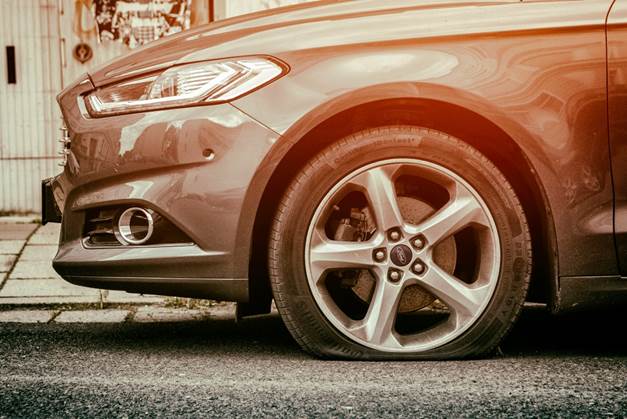
What happens if the tire pressure is low?
Insufficient tire pressure can have significant consequences for both car performance as for road safety.
The main implications of having low pressure tires are:
-
Irregular tire floor wear: Inadequate pressure causes faster external wear which reduces its useful life and may require more frequent exchanges and, consequently, additional costs.
-
Increased fuel consumption: Low pressure tires increase bearing resistance and consequently a greater engine effort.
-
Lower driving stability: A pressure below ideal causes a greater weight of the tire which makes it difficult to move the vehicle. Therefore, the tires will not be able to react ideally when making a braking, increasing the braking distance and causing everyone's safety. Of course, the risk of accidents increases.
-
Higher risk of holes or bursts: Tires below the ideal pressure are more susceptible to damage due to insufficient pressure that overloads the material, especially when it is led to high speeds.
-
Premature wear of suspension and direction components: Putting more pressure on these components there is a need for early and very expensive repairs.
What if the tire pressure is high?
There are some similarities in the consequences of having too high or too low tire pressure.
- Unequal and accelerated wear: In this case, higher pressure can cause irregular wear in the center of the tread.
-
Committed fuel efficiency: Excessive pressure reduces bearing resistance and affects car grip making greater effort to maintain stability, especially in curves or irregular land.
-
“Hard” and uncomfortable driving: With excessive pressure the suspension of the car becomes more rigid, making driving less comfortable, with more vibrations and noise in the vehicle.
-
Lower adhesion: Very inflated tires have a lower ground contact area, which can decrease traction and grip, especially in rainfall or slippery surfaces.
-
Higher risk of damage: Tires with high pressure are stricter and do not absorb impacts being more susceptible to damage such as holes in the road. In addition, at high speeds or long distances, very inflated tires may overheat and, in extreme cases, lead to tire bursting.
In short, both extremes can affect negatively vehicle performance and road safety. So it is important maintain tire pressure within the recommended intervals by the manufacturer to avoid these problems.
Tire pressure and new technologies
In this article, we have already explained as Check car tire pressurewhat are the consequences of having the pressure wrong and the importance of following these recommendations.
It is essential to understand that There is no unique pressure that universally apply to all vehicles. Each manufacturer defines specific recommendations based on the individual characteristics of their cars. In this article we have already explained where to find this information in your car.
However, there are official tables that can be easily found online and usually indicate that the pressure of a tire between 2 and 2.5 bars is a normal range.
Nowadays, it is much easier to detect tire pressure through the TPMS System (Compulsory Tire Pressure Monitoring System) In Europe since 2014 in vehicles manufactured from this date. In practical terms, TPMS can present the tire pressure level on its instrument panel through an indicator or warning light.
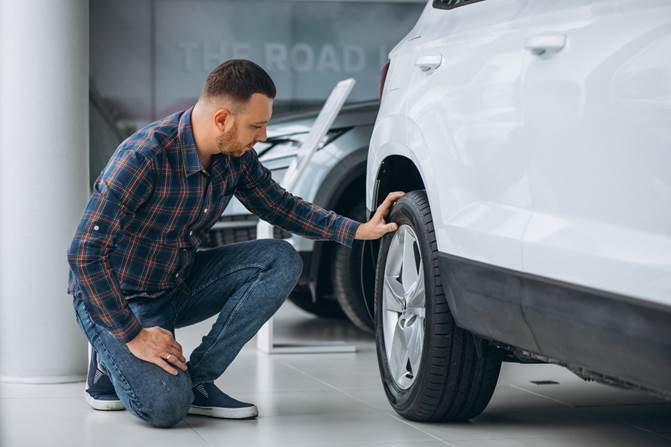
Therefore, it is essential that vehicle owners understand the importance of regularly checking and adjusting the car's tire pressure according to the manufacturer's recommendations. In doing so, it will not only increase tire life and optimize fuel consumption, but will also ensure a safer and more comfortable driving experience for all occupants of the vehicle and other travelers. For all these reasons, the investment of time and money in your car's tire is not in vain. We leave here an indication of the best tires for your car.

